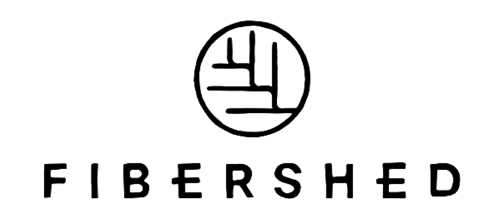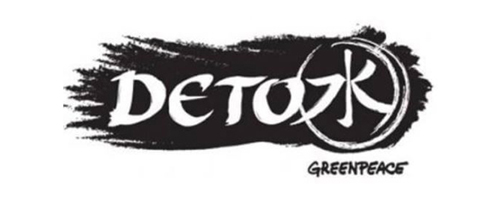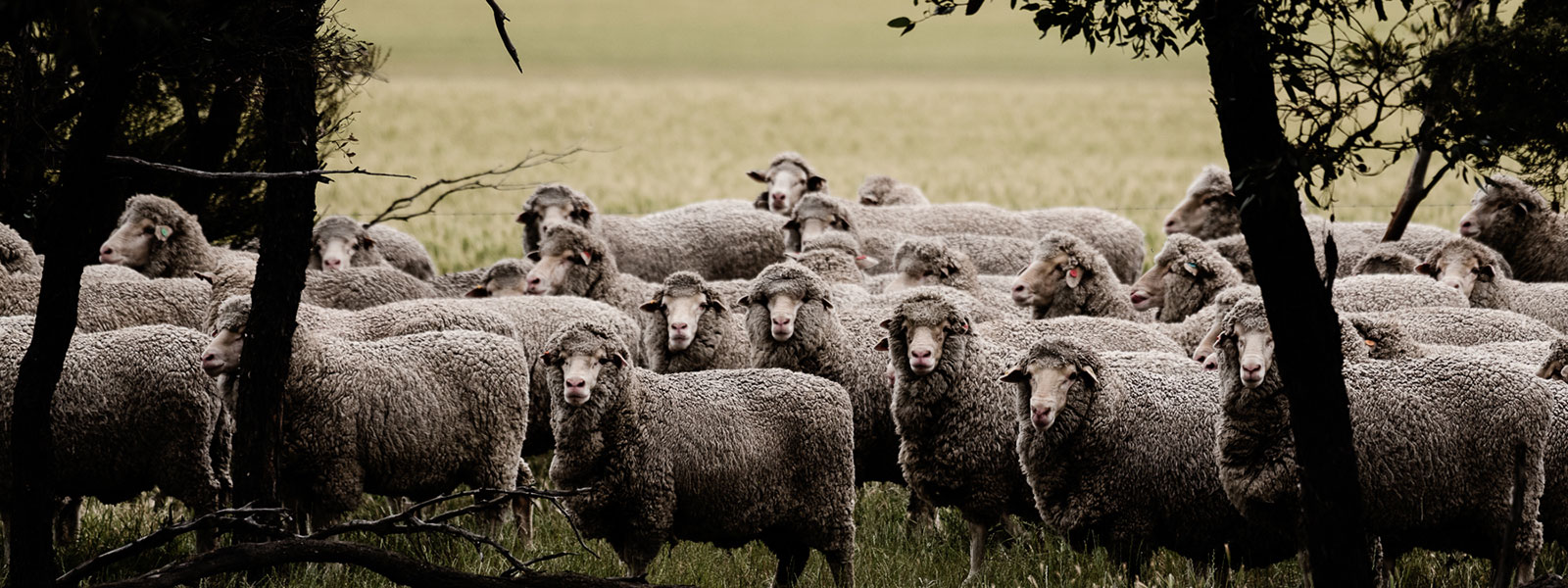적은 에너지와 물 소비
울은 100장의 스웨터를 생산하는 데 폴리에스터보다 18% 적은 에너지를 소비하고 면보다 약 70% 적은 물을 소비합니다.
NO 미세플라스틱 오염, 적은 쓰레기 매립
울은 합성 섬유처럼 기름으로 구성되지 않고 케라틴으로 구성되어 있습니다. 울은 100% 생분해되므로 미세플라스틱으로 해양이나 육지를 오염시키지 않습니다.
세계에서 가장 많이 리사이클링 되는 섬유
재생과 생분해가 가능한 천연 섬유인 울은 전세계에서 가장 많이 재생되고 리사이클링 되는 섬유입니다.
Download the latest sustainability toolkit
For designers, brands and manufacturers looking for sustainable material solutions, wool is a natural, technical and circular fibre that can be easily integrated into sustainable material strategies. Download the Wool: a sustainable solution toolkit to discover how wool aligns to the UN SDGs, is an inherently circular fibre and the latest innovations that reduce the environmental impact of textile manufacture.
Wool and the UN Sustainable Development Goals
The wool fibre and Australian wool industry are aligned to 11 of the UN SDGs. From responsible farming practices and manufacturing efficiencies to end-of-life garment disposal, we are working towards a positive future.
How you can use wool more sustainably
Processing innovations
Processing innovations
Innovations in wool processing technologies create more efficient and environmentally friendly processes in yarn development, knit and weave manufacture and dyeing and finishing to create fabrics and products for the fashion, sports, footwear, interior, protection wear and automotive industries.
Greening Australia x Australian woolgrowers
One of the largest revegetation projects in Australia sees Greening Australia and Australian woolgrowers join forces to ensure native flora and fauna thrives through healthy, productive landscapes.
Programs reducing the impact of wool processing








